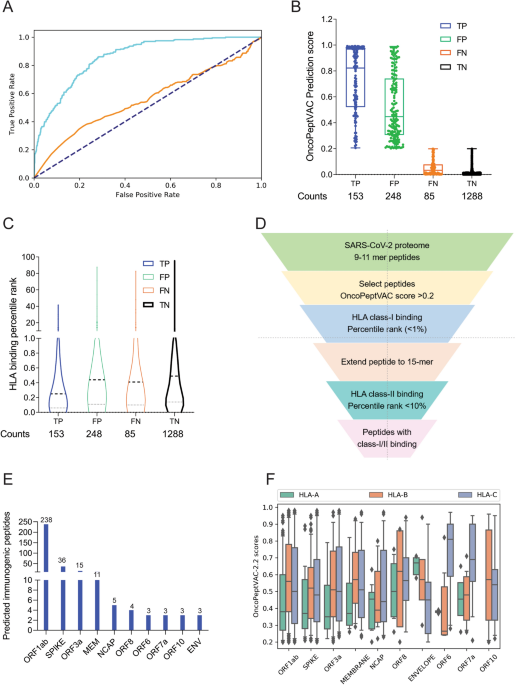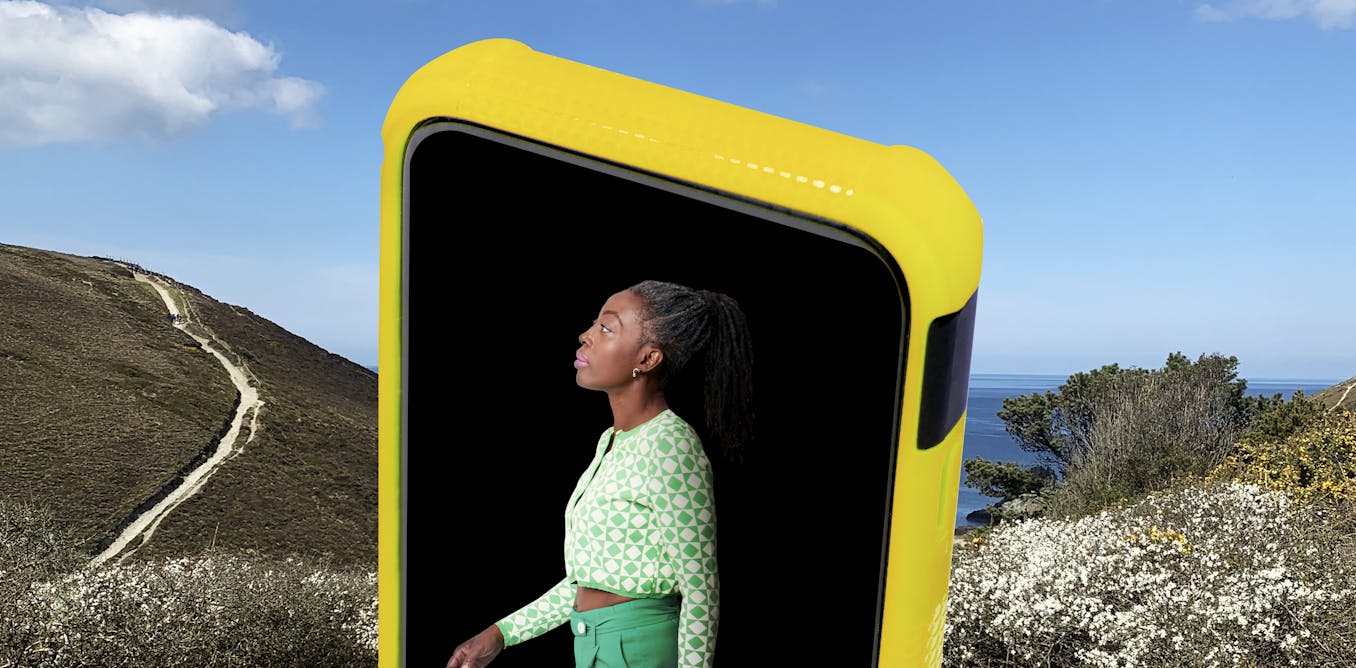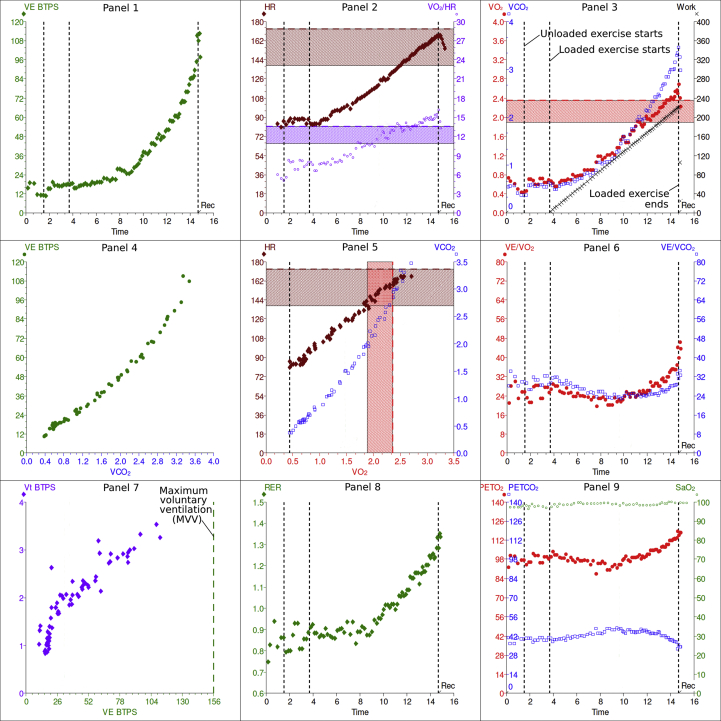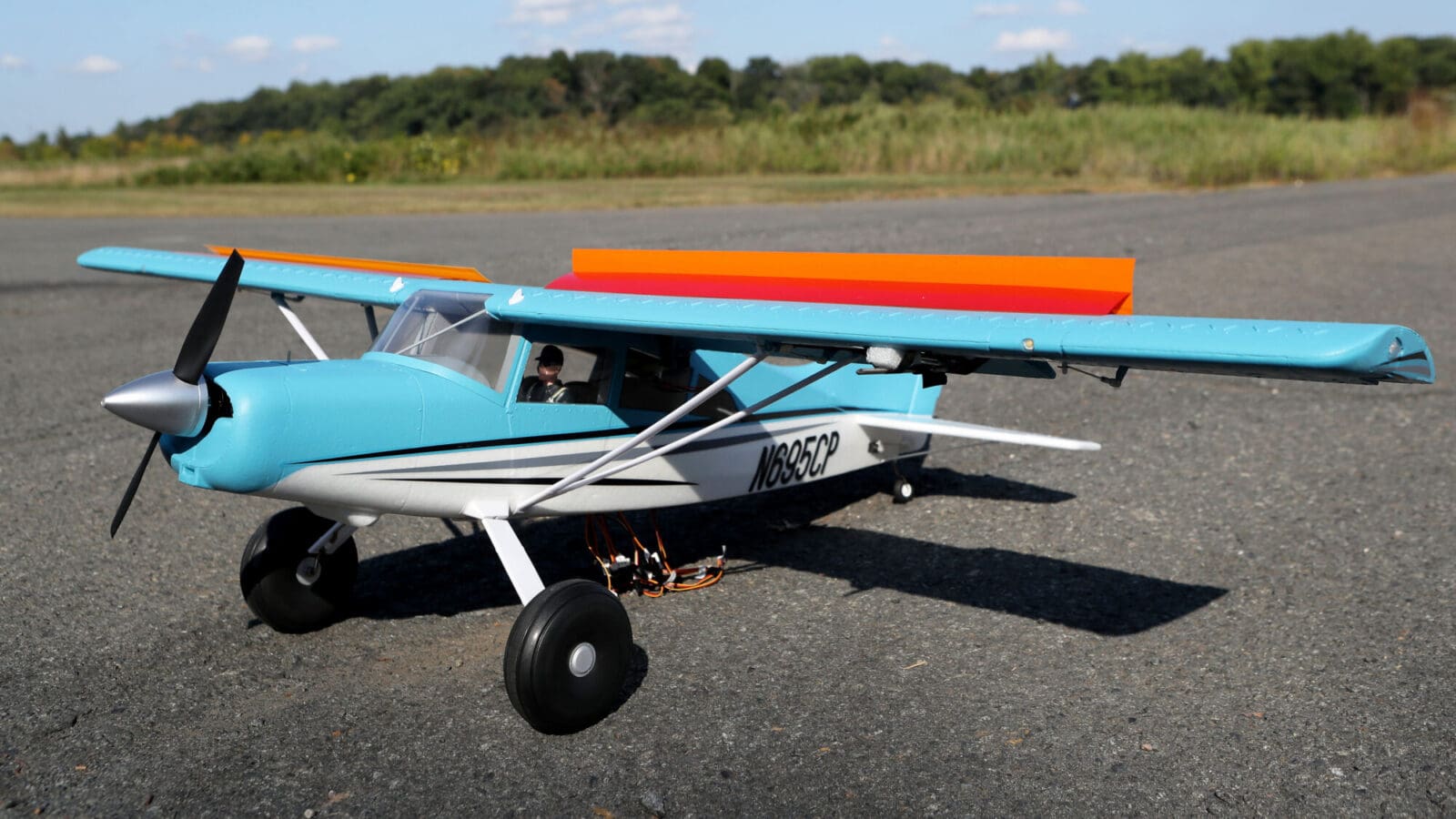
Novel front-loading exoskeleton gets paralyzed patients up and walking
Exoskeletons have been helping paraplegic patients to walk for years, but the latest development from KAIST is a little different. The WalkON Suit F1 can amble over to a patient seated in a wheelchair, wrap itself around the legs and body, and get the user up and walking.
Professor Kyoung-Chul Kong from KAIST's Department of Mechanical Engineering has been working on exoskeletons for around a decade, with the first WalkON Suit being revealed in 2016. By 2020, the research team had increased the walking speed to 3.2 km/h (1.98 mph) and entered the fourth-generation prototype into the Cybathlon in Switzerland.
This "cyborg Olympics" was launched in 2016 by ETH Zurich to drive advances in assistive technologies. The first event was held near Zurich and attracted teams from 25 nations, and saw 66 "pilots" compete for the spotlight. Four years later, pilots wearing KAIST's WalkON Suit 4.0 placed first and third in the Exoskeleton Race event. The third Cybathlon took place this past weekend, with Professor Kong's team fielding the latest development from the WalkON engineers.
Where other exoskeletons require helpers to raise paralyzed patients out of their wheelchairs before strapping them to the assistive devices, the WalkON Suit F1 can "walk on its own like a humanoid robot" and approach the patient. It features a front-docking system that means the paraplegic user can remain seated as the exoskeleton installs itself around the body and legs of the patient.





















